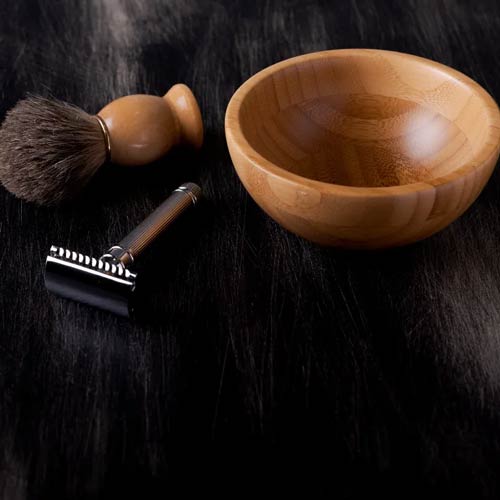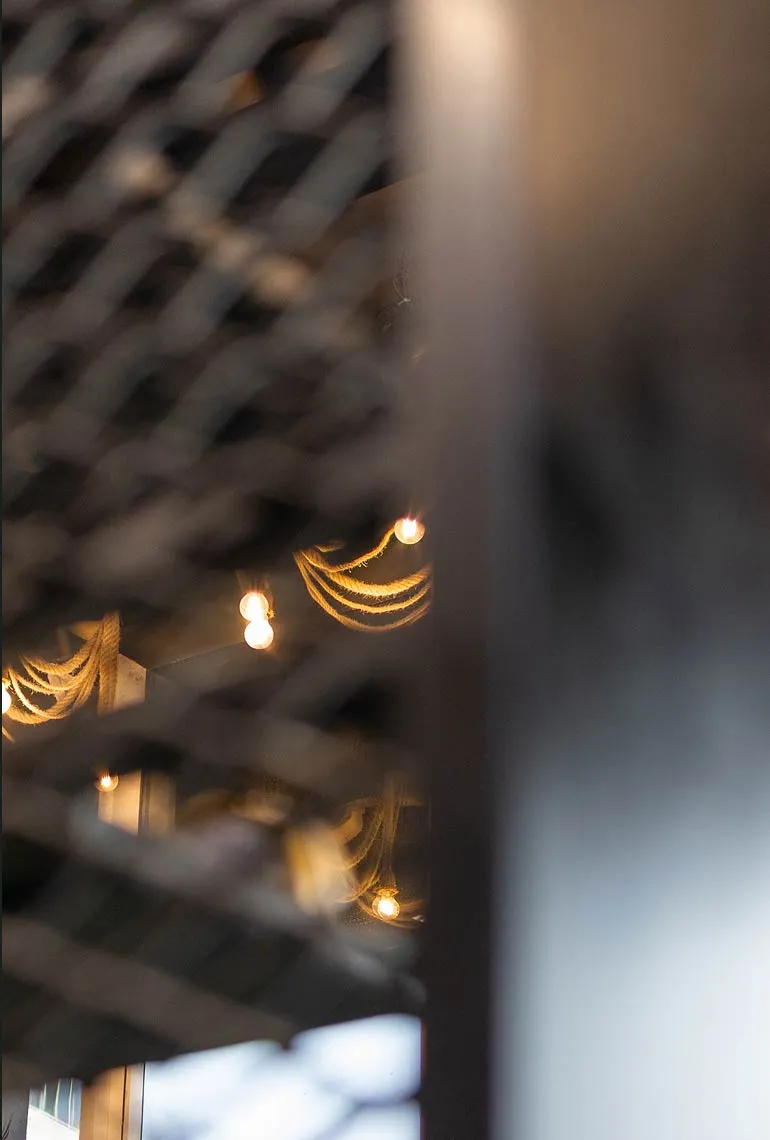Why Some Beards Grow Patchy
A patchy beard is one of the most common grooming frustrations men face. The causes usually come down to:
- Genetics: If thin facial hair runs in your family, you may be predisposed.
- Hormones: Testosterone and DHT influence beard growth density.
- Skin Health: Clogged pores or dryness limit follicle activity.
- Lifestyle: Poor diet, stress, and lack of sleep slow hair growth.
Natural Remedies for Patchy Beard Growth
1. Improve Your Diet
Facial hair depends on nutrition. Focus on foods rich in biotin, zinc, vitamin D, and omega-3 fatty acids — like eggs, nuts, salmon, and leafy greens.
2. Keep Skin Healthy
Clean, hydrated skin encourages stronger growth. Wash daily with a gentle cleanser and apply moisturizers or beard oils with jojoba, argan, or coconut oil.
3. Use Beard Oils with Growth-Boosting Ingredients
Castor oil, rosemary oil, and peppermint oil can stimulate follicles while reducing dryness and irritation.
4. Exercise and Sleep Well
Consistent exercise boosts blood circulation and hormone levels. Combine it with 7–8 hours of nightly rest to maximize natural growth cycles.
5. Give It Time
Beard hair grows in cycles. Avoid trimming too early — give your beard at least 4–6 weeks before deciding it looks “patchy.”
Professional Treatments to Consider
If natural methods aren’t enough, a men’s grooming professional can help. Options include:
- Shaping and styling to minimize thin spots.
- Targeted growth serums or microneedling treatments.
- Personalized grooming routines based on your hair type.
Final Thoughts
A patchy beard isn’t the end of your grooming journey. With proper nutrition, skin care, and patience, most men see noticeable improvements. And if you need a boost, expert barbers and grooming specialists can provide tailored solutions to help you achieve a fuller, healthier look.












